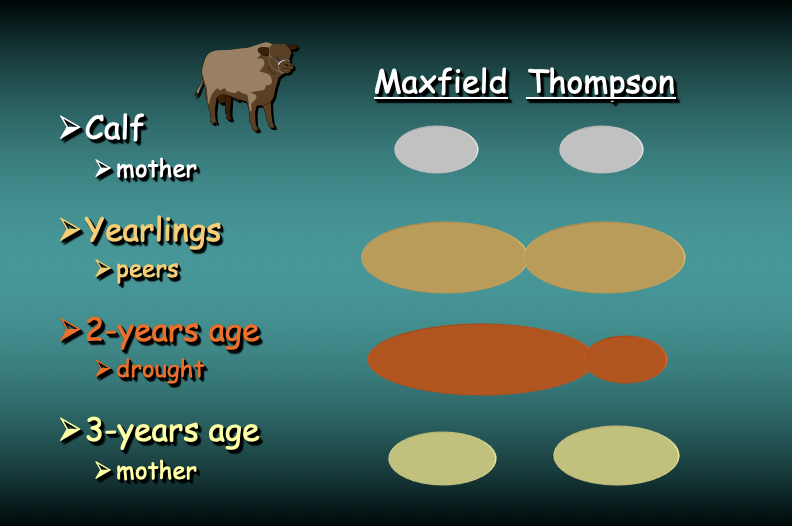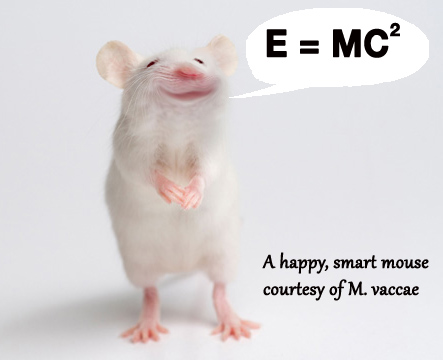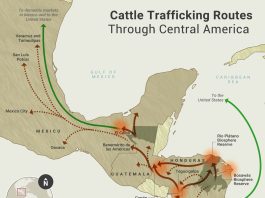Thirty years of research by Dr. Fred Provenza and his colleagues at Utah State University shows us that what we’ve always thought about how animals choose what to eat and where to live doesn’t work the way we thought it did. How it actually works has completely changed my life. In fact, it’s why you’re reading On Pasture today. Several years back, I put together an online course sharing what researchers have found, and how you can use it to grow more forage, graze more successfully, and be more profitable. I shared how animals choose what to eat here. Now, here’s how animals figure out where to live.
Mom is the biggest influence when it comes to animals learning what to eat. So it shouldn’t be too surprising that she’s also critical when it comes to figuring out where to live. In fact, there are a number of studies that have reinforced this for us.
In one study, researchers looked at two types of sheep. Welsh Mountain sheep preferred native range while Clun sheep preferred seeded range. To find out if this was an “instinctual” preference, or one that was learned, they took lambs from Welsh Mountain ewes and grafted them onto Clun ewes and vice versa. After weaning, the Clun lambs preferred native ranges, just like their Welsh Mountain mothers. Meanwhile, the Welsh Mountain lambs preferred the seeded ranges of their Clun mothers.

The same has been shown for cattle on rangelands. Researchers worked with two herds that had neighboring home ranges. One group preferred the Maxfield Creek drainage, and the other preferred the Thompson Creek drainage. Calves from cows that preferred the Maxfield drainage were cross-fostered onto cows that preferred Thompson Creek and vice versa. Then they monitored the home range preferences of the calves for four years. Again, the calves preferred the range chosen by their foster moms. Researchers found similar results when they took calves from mothers that didn’t climb hillsides to graze, and grafted them to cows that spent lots of time climbing and grazing on hillsides. Again, the calves chose to graze like the mothers that raised them.
What all this tells us is that home is where your Mom lives.
 Wild herbivores also learn habitat preferences from their mothers. In some cases, home range fidelity is so strong that offspring actually use poorer quality habitats as a result of experiences with mother. For instance, each fall a herd of moose in central Norway migrates to high-elevation winter ranges, rather than follow normal migratory patterns to the lowlands. Archeological evidence indicates this has been occurring for the past 5,000 years. The moose evidently began this migration pattern because of hunting pressure. This behavior continues despite lower-than-normal calf production of the herd due to poor winter range conditions, demonstrating the persistence of learned habits.
Wild herbivores also learn habitat preferences from their mothers. In some cases, home range fidelity is so strong that offspring actually use poorer quality habitats as a result of experiences with mother. For instance, each fall a herd of moose in central Norway migrates to high-elevation winter ranges, rather than follow normal migratory patterns to the lowlands. Archeological evidence indicates this has been occurring for the past 5,000 years. The moose evidently began this migration pattern because of hunting pressure. This behavior continues despite lower-than-normal calf production of the herd due to poor winter range conditions, demonstrating the persistence of learned habits.
How can you use this?
Mothers can teach their offspring where the best water and forage is. This is especially valuable on western rangelands where both can be scarce. Mothers also help their young learn how you operate as a grazier, teaching them to head towards the right pastures, or the barn when it’s time.
Peers influence choices too!
While Mom may be the most influential, peer pressure is real for non-human animals too. And it’s a good tool for you to use when bringing new animals to your herd or for teaching them new things. I’ll cover that in an upcoming article. Stay tuned!
P.S.
I mentioned above that this research is one of the reasons On Pasture exists. In fact, I can trace it back to this picture of a rabbit-eating steer. Here’s the full story. Enjoy!






Yes Kathy,Prof Fred completely changed the way I farm and over the years he continues to support our land management trials and results.Frank Egan. Downunder.
A shepherd once told me she had an orphan lamb raised with dogs that learned how to lap water instead of suck it.
Comments are closed.